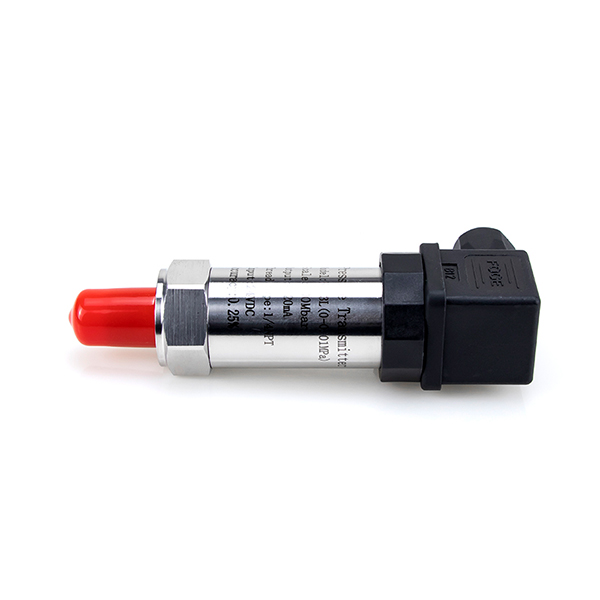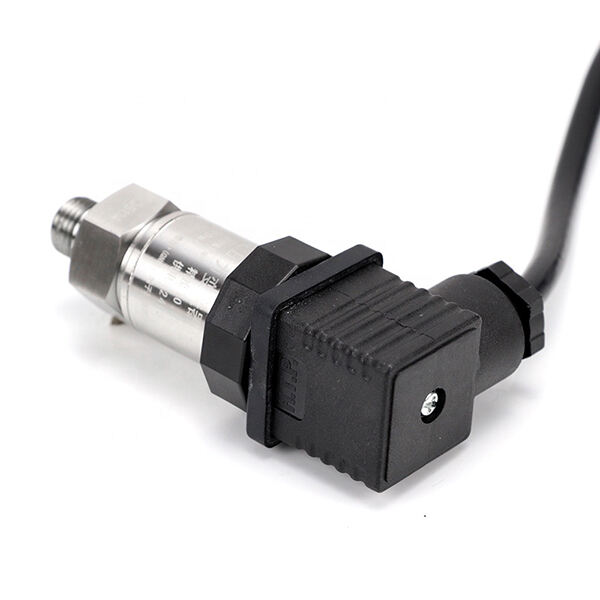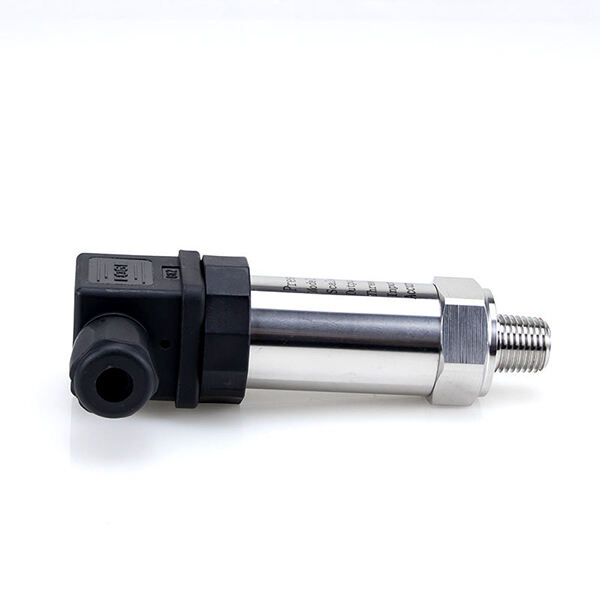Linear position transducers and linear position sensor from SOP measure the movement of an object along a straight line. They are crucial for industries like manufacturing, aerospace and automotive just to name a few. Such devices are very essential for the accuracy with which everything stays in place.
Linear position transducers and linear position sensors from SOP measure the movement of an object along a straight line. They are crucial for industries like manufacturing, aerospace, and automotive, just to name a few. Such devices are essential for the accuracy with which everything stays in place.

A linear transducer (AB-tech Ltd) and linear motion sensor from SOP are a type of measurement device for determining the position and direction in which an object is moving. There are three facets, or scalariform parts: measuring something, an instrument to feel a result, and the final one showing the output. What you measure here can (subject to certain conditions) vary - for example, gears or rods. This function may be magnetic or some other tool that measures movement.

When choosing the correct transducer, consider having a linear transducer from SOP. You need to know how it will operate, how much precision is required, and what outcome it provides. Consider what exactly it is used in (durable, harsh environment), cooperating with how accurately it needs to be, and how far it can measure or even give some results.

Regularly clean to maintain functionality, ensure the correct location of your transducer and load cell transmitter, inspect its wires, and restrict it from water access to continue working correctly. This will keep it from getting old and unusable.
Customers linear position transducer from variety of transport options. We provide safe packaging speedy delivery all our stock items. You will receive tracking details following the delivery your goods.
SOP has over 20 years production experience has worked with more 5000 global customers, which is linear position transducer company manufactures high-tech products and is involved in research, development and production, as well as sale and servicing of various kinds of sensors.
Our main products are comprised different types of sensors, such linear position transducer displacement sensor drawing wire sensor LVDT sensor, load cell torsion sensor, magneto sensor, pressure sensor, etc. We provide OEM/ODM services depending on the need's client.
Our company certified by CE, RoHS, ISO9001 as well other certifications. Our products undergo rigorous testing prior delivery. SOP also offers engineers offer after-sales services linear position transducer any product issues.